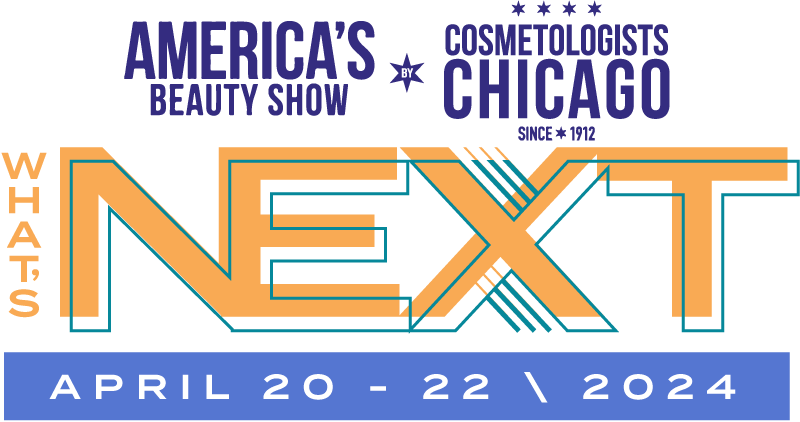Menu

The Most Popular Skincare Ingredients & What They Do
As we all dive a little deeper into skincare, there are certain terms that we begin to see. One such thing is learning the difference between active and inactive skincare ingredients. While this may sound advanced, learning the difference between the two and looking at labels to determine what products are best suited to your skin type can have a supremely positive impact on your results. That’s why we’re detailing a few of the most commonly used active skincare ingredients and how they can enhance your skincare routine.
Active ingredients are found in all types of skincare products — from face washes to serums, toners and sunscreen. They are often detailed by their potency (usually in percentages), which dictate their impact.
The most common active ingredients in skincare products
Skincare products usually have a great deal of active and inactive ingredients in their products. In addition to this, your products might also include preservatives to keep them shelf stable. Knowing which work best for your skin type can improve your skin and help you learn what to look out for when choosing new products.
1. AHA’s aka alpha hydroxy acids
Alpha Hydroxy Acids, also known as AHA’s are common ingredients used in anti-aging skincare. They are usually made up of glycolic acids, lactic acids, or citric acids and can be used to treat signs of sun damage like hyperpigmentation, fine lines, wrinkles or age spots. When using products with AHAs it is imperative to also invest in a sunscreen as a common side effect is sensitivity to the sun.
2. Beta hydroxy acids
This active ingredient is usually present in skin cleansers and is commonly used for improving acne-prone skin, blackheads or uneven skin tone. A common beta hydroxy acid, also known as BHA, is salicylic acid. BHAs are usually less irritating than AHAs so they are a great option to provide similar results with less sensitivity.
3. Ceramides
Ceramides are a naturally occurring fatty acid in the skin and are used to improve hydration of the skin. By using products with ceramides, it can help boost your moisture levels and improve dry skin by improving the skin barrier.
4. Hyaluronic acid
Usually used in conjunction with products containing Vitamin C to help penetration, hyaluronic acid is most commonly used for anti-aging. Often touted as “the fountain of youth,” hyaluronic acid is naturally occurring in the body but depletes over time, which is why adding this to your regimen is key to reversing the signs of aging.
5. Niacinamide
A form of vitamin B3, niacinamide helps build keratin to lead to firmer, healthier skin. It can be used on all skin types to help retain moisture and is proven powerful for those with rosacea, redness, or swelling because of the ability to even skin tone and hydrate the skin.
6. Retinoids
Retinoids, commonly referred to as retinol, are derived from vitamin A and are commonly used to treat the signs of aging. This does so by improving the look of fine lines and wrinkles, and improving skin tone. While it is a common ingredient, many individuals can experience drying, itching, peeling or other sensitive reactions to this ingredient. It is ideal to speak to a physician before using products with retinoids to ensure they are right for you.